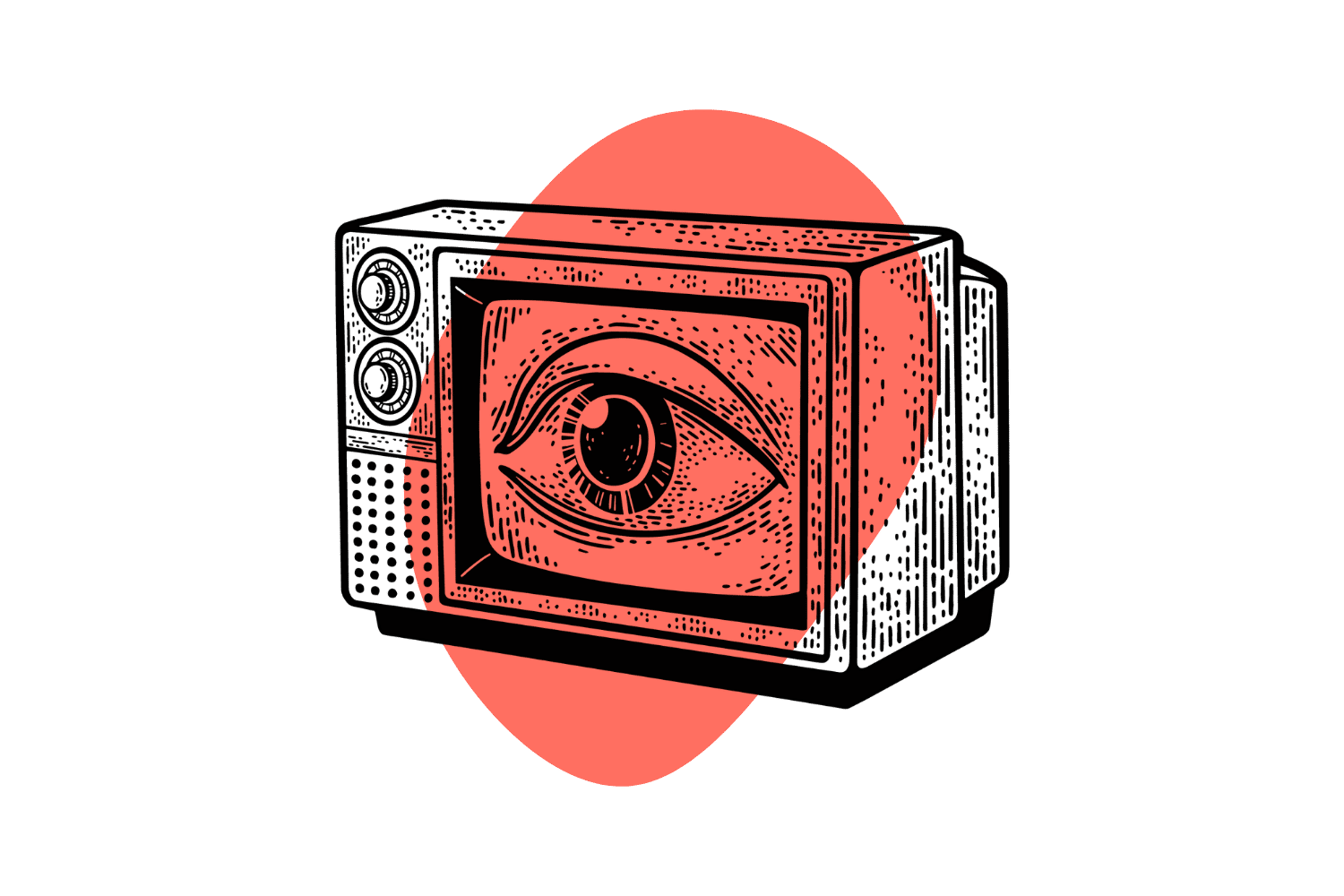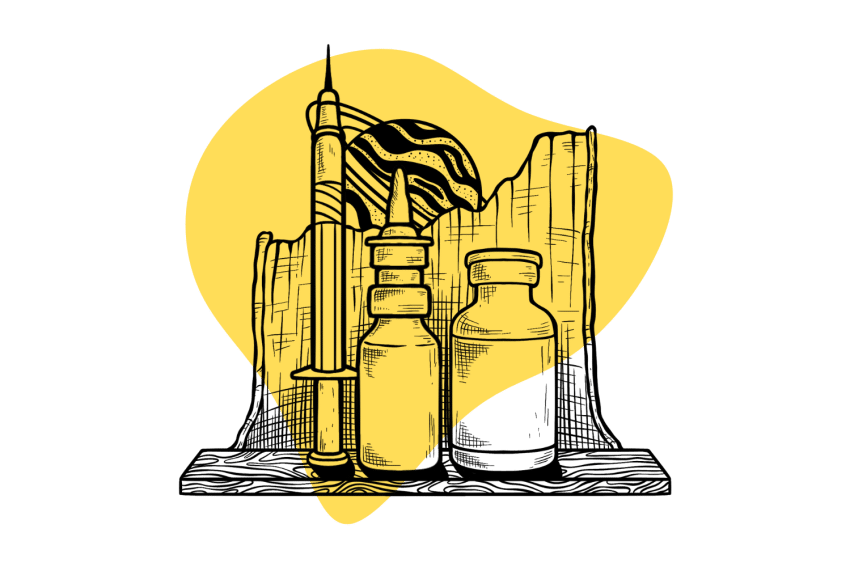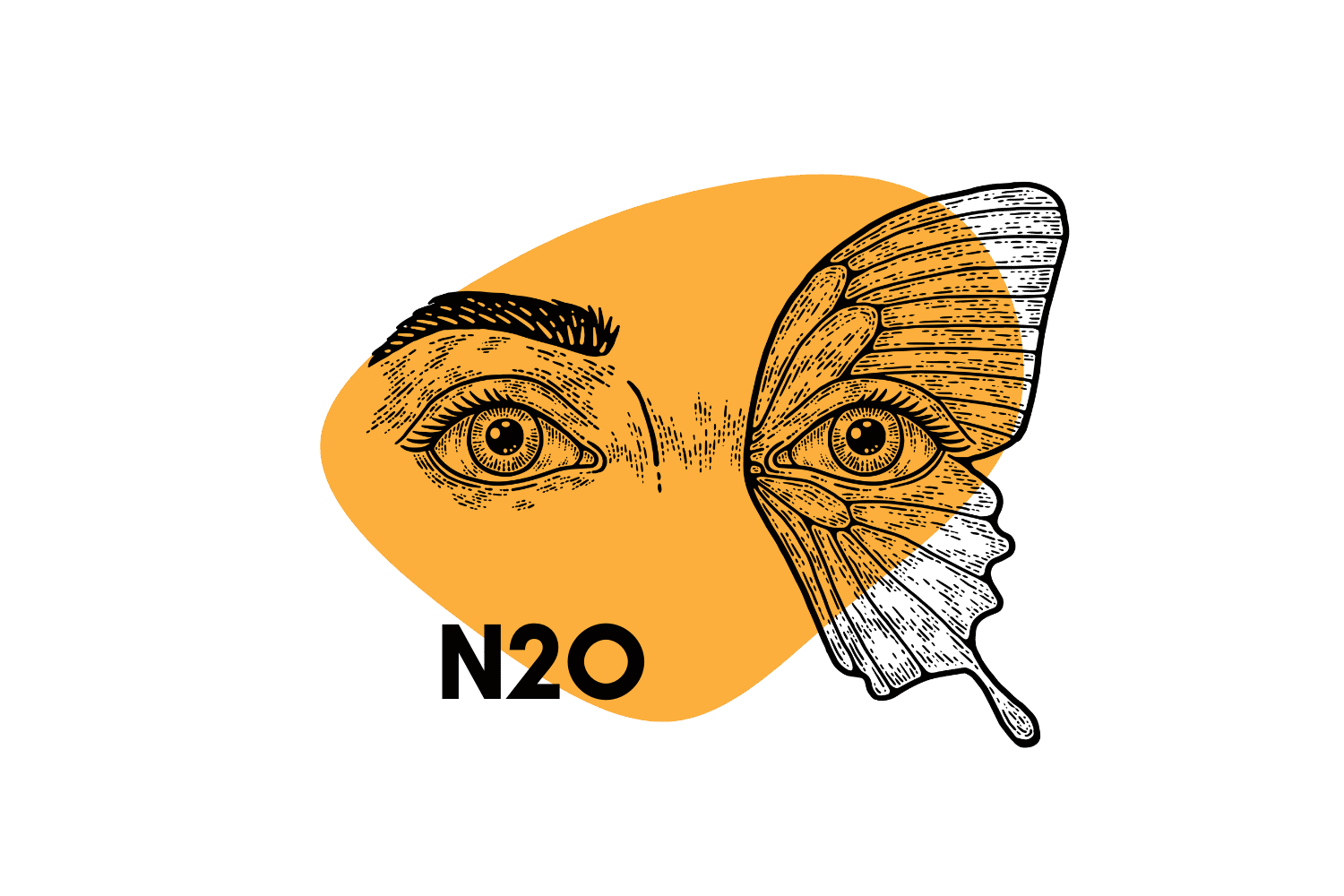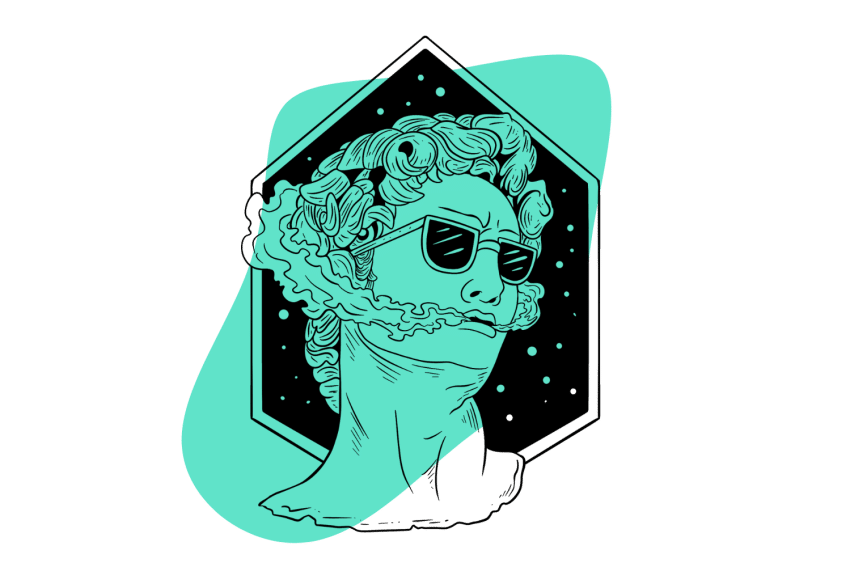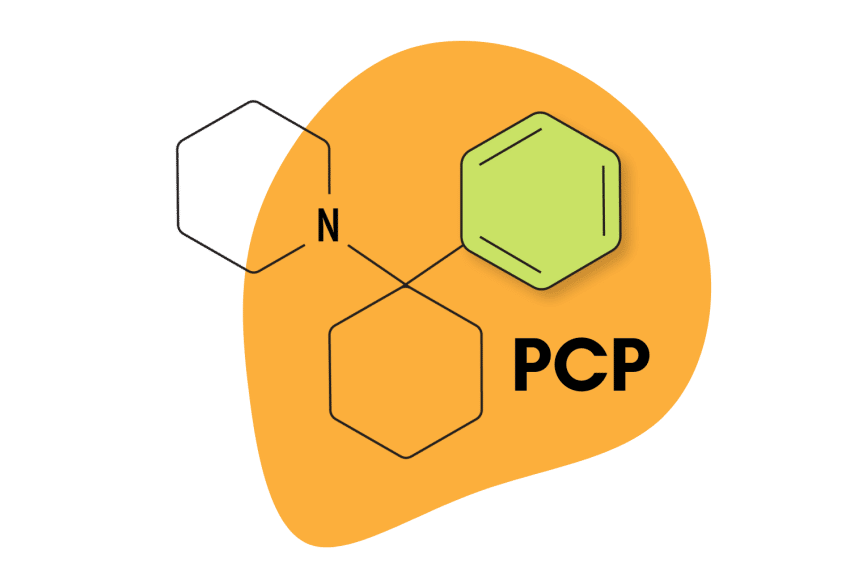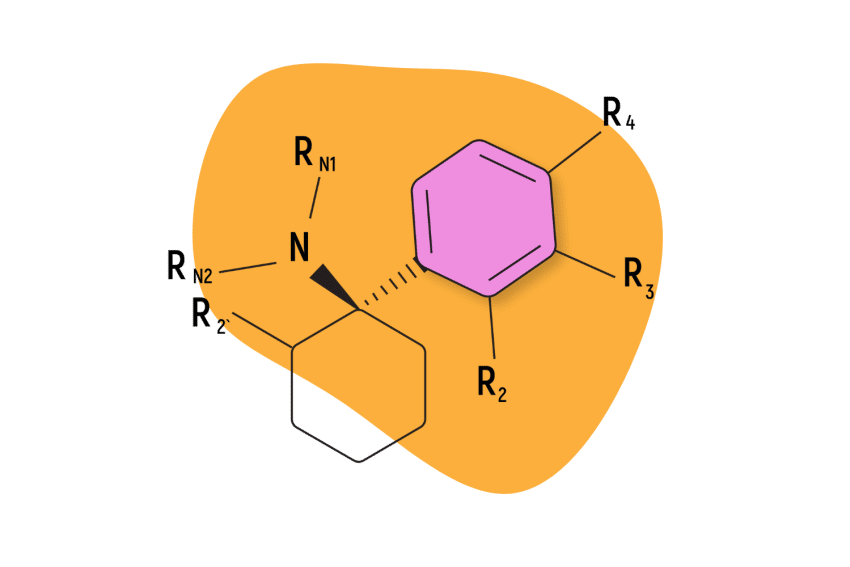What Is a K-Hole?
A K-hole (AKA ketamine hole) is a powerful dissociated out-of-body state. Users often report feeling a profound state of “euphoric nothingness” 🤖
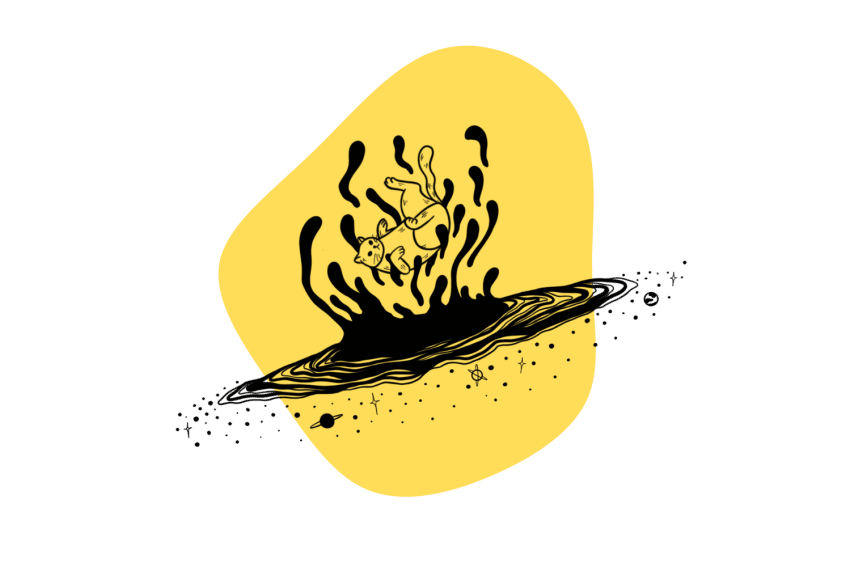
You may have heard the term “K-hole” thrown around amongst ketamine users, but what exactly is it?
A K-hole is one of the most profound dissociated states someone can find themselves in. People feel absorbed into themselves, struggle to communicate with the outside world, and become unable to move or speak.
So, what exactly is a k-hole? How does it feel? And how does one end up in this situation?
In this article, we’ll be answering those questions and more, so you can fully understand what it’s like to experience this bizarre drug-induced phenomenon.
What Is a K-Hole?
A K-hole is the bottom of the dissociative pit. People who enter a K-hole feel like they’re falling into an endless void of consciousness. During a K-hole, users lose all sensory awareness and enter a place beyond the realm of physical consciousness. They appear to become sedated and lose the ability to talk or interact with the outside world. This can last for several minutes before coming back to reality.
The term “K-hole” is derived from ketamine, one of the most popular dissociative drugs available. However, K-holes can also result from using other dissociative drugs. Drugs like methoxetamine (MXE), dextromethorphan (DXM), and xenon gas can induce K-hole-like experiences — but these drugs produce unique differences in terms of the subjective experience.
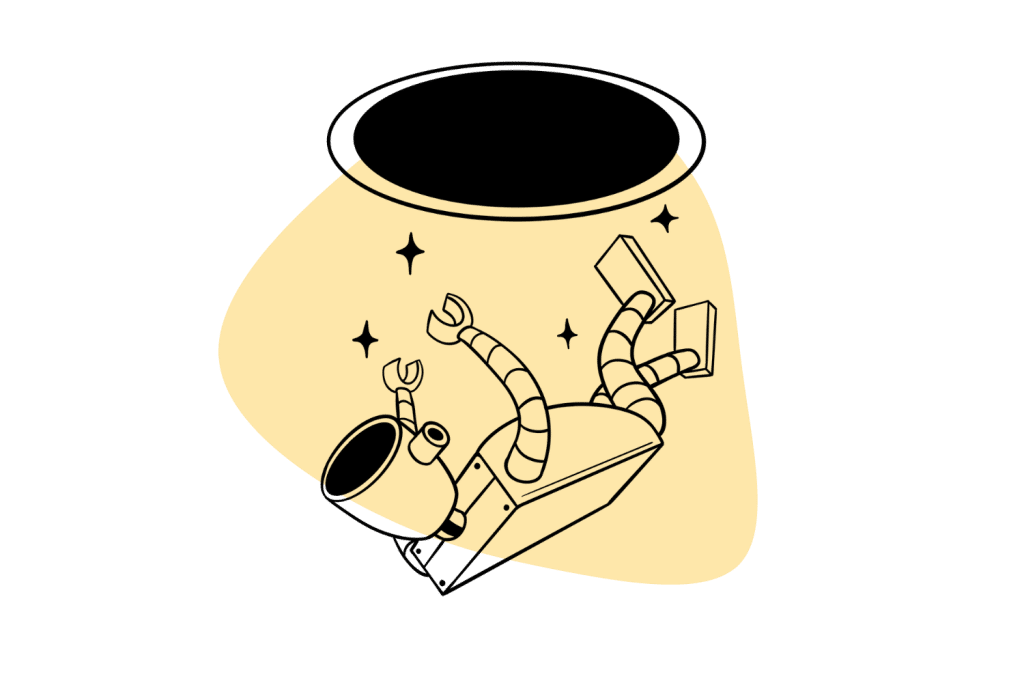
How Do You Fall into a K-Hole?
K-holes are induced by taking large doses of ketamine or other related dissociative substances.
Large amounts of ketamine block the glutamate neurotransmitters in the brain (NMDA), disrupting signals between your conscious mind and other parts of the brain — including the parts responsible for communication. This results in a “ketamine overload,” a dissociative feeling that makes it difficult — and often impossible — to connect with “the outside world.”
There’s no set dosage that induces a k-hole. The amount of ketamine it takes for a person to enter this dissociated state varies from one person to another. Some people consume enough ketamine to knock out a horse and not experience a k-hole, while others consume tiny amounts and K-hole for nearly an hour.
How someone “falls into a k-hole” really depends on the specific person. Factors such as weight, gender, dose, whether other substances have been consumed, whether you’ve eaten, and how you slept the night before can all affect how you experience ketamine.
The truth is, anyone can experience a k-hole, regardless of the amount of ketamine used. This drug affects people in different ways, so proceed with caution and understand the potential effects if you’re thinking of trying it.
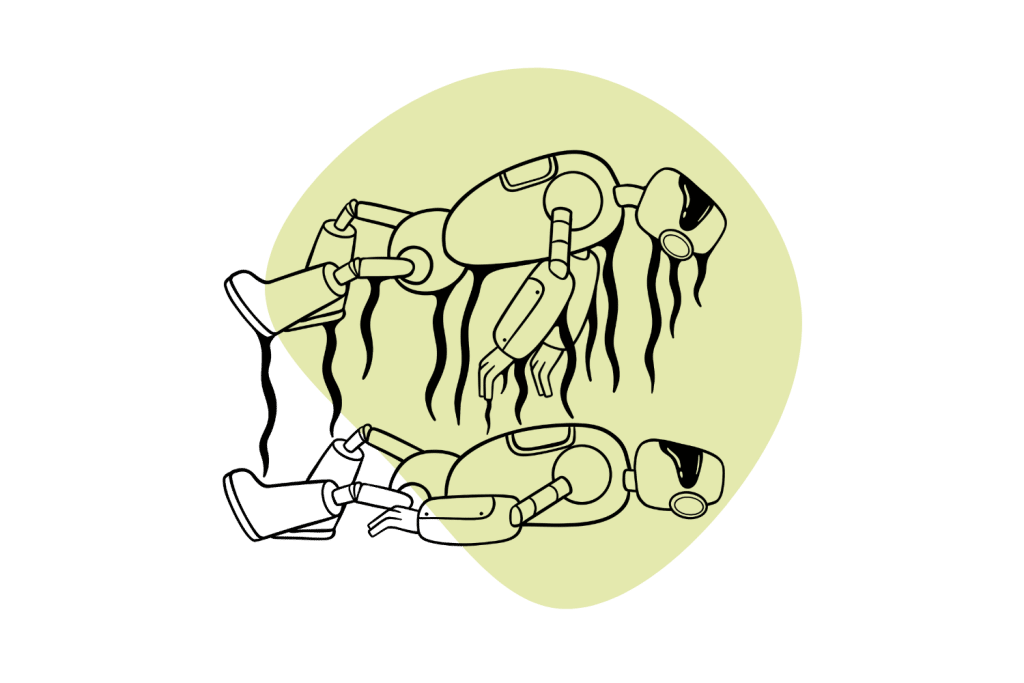
What Does a K-Hole Feel Like?
A k-hole is often described as an out-of-body experience and can make you feel completely separate from your body. You may feel as though you’re rising up and out of your body, teleporting to other places, melting into your surroundings, or entering a different dimension completely.
Some people even claim they’ve seen their body sitting below them while floating above. I’ve also been told of one story where a person entered a k-hole while sitting outside on a park bench and “teleported” around the town, viewing it all from above.
For many, entering a k-hole accidentally can be extremely frightening and cause them to avoid the drug in the future. Many people compare their frightening k-hole trip to a near-death experience. A common theme is people believing their soul left their body after k-holing on ketamine.
Outside of the inability to speak and move, one of the scariest factors associated with k-holes is the changes in sensory perception, particularly time.
Like magic mushrooms and LSD, time can become distorted when you enter a k-hole. Minutes can feel like hours, and hours can feel like days. You have no perception of time in a k-hole, which can make it feel like you’ve been stuck in the state for several hours or even days.
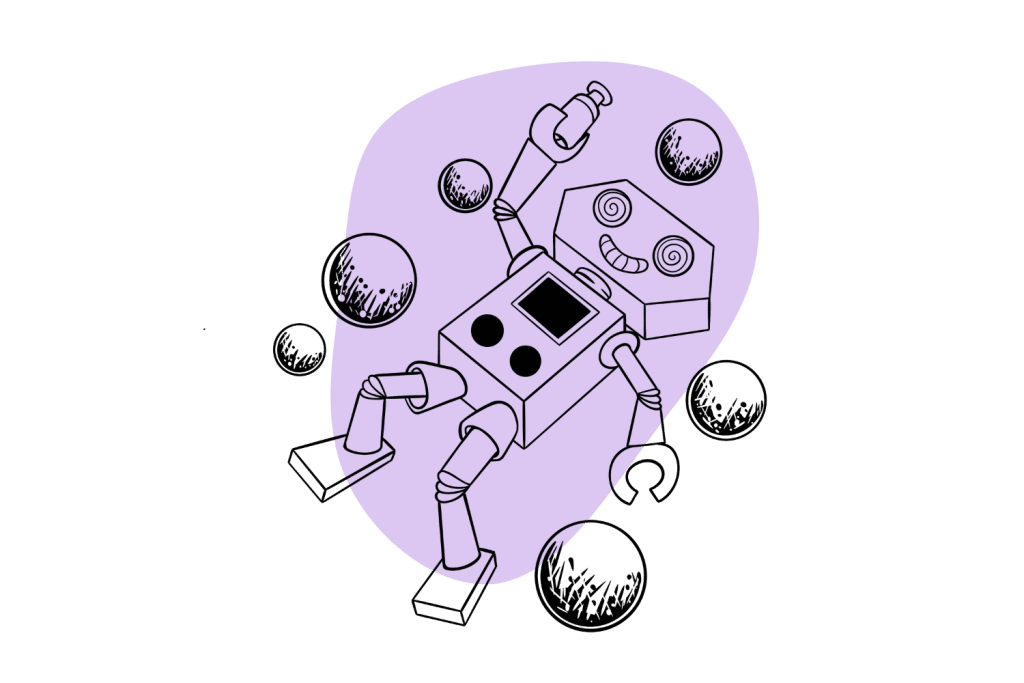
The K-hole state feels very dark and can be lonely. Users are often confronted with elements about themselves they normally suppress. This is what gives drugs like ketamine such powerful healing qualities when dealing with issues like addiction or PTSD — but it’s also one of the more uncomfortable aspects of using the drug.
K-Holes: What Makes Them a Positive or Negative Experience?
Whether a person describes their experience inside a k-hole as positive or negative ultimately comes down to expectations.
Some use ketamine as a way to experience a different perspective — they’re searching for a psychedelic experience. In this case, a k-hole might be enjoyable and expected.
Other people use ketamine as a party drug for the euphoric, floaty, and wavy feelings. Entering a k-hole may be a scary and unexpected experience if you don’t want it.
Several factors can affect an experience in a k-hole, including:
- The amount of ketamine used
- Whether one takes ketamine with other substances or alone
- The user’s experience with ketamine and other psychoactive drugs
- One’s current mental state
- The environment one decides to trip in
The user’s view on k-holes and the substance itself can be dramatically different depending on how frequent of a user they are [2]. Frequent users who are addicted to the substance tend to have a more negative view of the experience than infrequent users.

If entering a k-hole is your goal, you should treat it like a psychedelic. Creating a good set (your frame of mind) and setting (the environment you’re in) and taking the right dose for your experience level will minimize the chances of a negative experience. However, even with good preparation, a k-hole can be a scary experience.
While in a k-hole, it can feel impossible to communicate with the outside world. This can be extremely worrying to yourself and those around you.
The Symptoms of a K-Hole
Although everyone experiences a k-hole differently, there are some general symptoms associated with the phenomenon.
The following psychological symptoms are associated with a k-hole:
- Changes in sensory perception (particularly time)
- Confusion
- Disorientation
- Dissociation from your surrounding
- Dissociation from yourself
- Hallucinations
- Panic and anxiety
- Paranoia
- The feeling of exiting your body
- The feeling of floating
The following physical symptoms are associated with a k-hole:
- Change in blood pressure
- Changes in breathing
- Changes in heart rate
- Dizziness
- Inability to move or speak
- Nausea
- Reduction in motor skills
- Uncoordinated movement
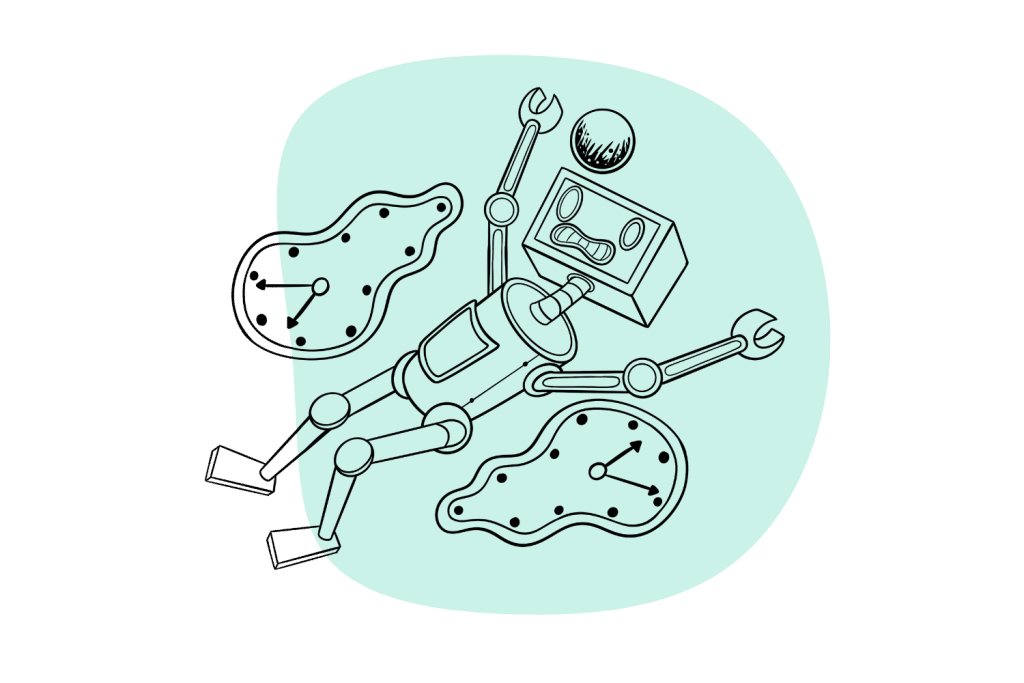
How Long Does a K-Hole Last?
A k-hole can last mere minutes, or it could last up to and sometimes over one hour. The nature of the k-hole is unpredictable. How long you remain in a dissociative state ultimately depends on how much ketamine you’ve consumed and other factors mentioned in the last section.
Ketamine’s overall effects typically last from 45 minutes to two hours. Typically, a person can spend anywhere from 15 to 90 minutes in the deep dissociative state known as the K-hole.
Risks of Being In a K-Hole
Being in a k-hole can be frightening but also have adverse effects. Most of the time, the effects are short-lived, but some remain for days, sometimes longer, especially with repeated use.
The good news — there are few recorded deaths from ketamine alone. One study showed that even in accidental injections with more than ten times the amount needed for surgery, there were no lasting effects [6].
The main lasting impact of K-holes is the ontological shock and existential dread the experience can induce. This is more likely to happen in people with little to no previous psychedelic experience.
What Is Ketamine?
Ketamine hydrochloride is classified as a dissociative anesthetic. Other drugs in this class include nitrous oxide, phencyclidine (PCP), and methoxetamine (MXE).
Ketamine has been used as an anesthetic medically since the 1970s, a decade after its creation during the 60s. It’s still used as anesthesia during surgery and is commonly used for managing treatment-resistant depression [1]. It’s becoming more popular each year for use in psychedelic-assisted psychotherapy.
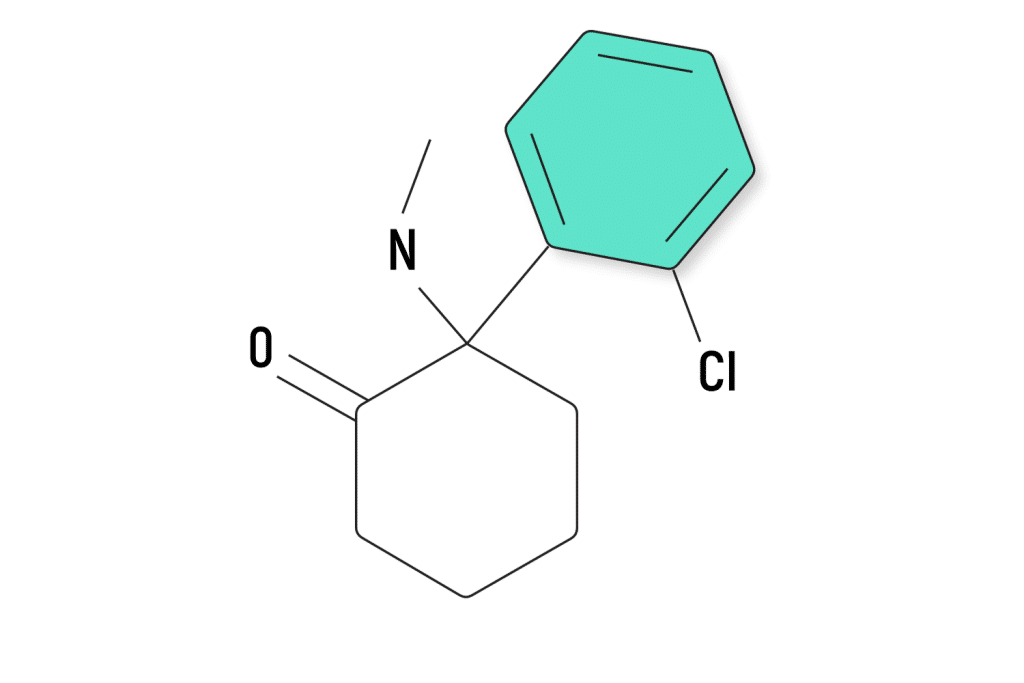
Ketamine is also used by veterinarians as a horse tranquilizer, which is where it gets one of its nicknames from — horse tranq. It also goes by many other names, such as K, kit-kat, special K, and ket.
Of course, the drug is also used recreationally for its dissociative, floaty, and trippy effects. In lower doses, the effects are similar to drugs like MDMA or 2CB. Over the last decade, ketamine has become increasingly popular among party-goers and ravers across Europe, the United States, and Canada.
So, why exactly is this substance becoming so popular? What effects does it produce when consumed?
What Does Ketamine Feel Like?
Ketamine, being a dissociative anesthetic, makes you feel disconnected from reality.
In small doses, ketamine can give you a feeling of numbness throughout your body. Users can feel floaty, wobbly, euphoric, relaxed, and a little trippy. The smallest thing can seem hilarious at times, and overall the user may have an elevated mood and an intense feeling of joy.
In larger doses, ketamine can be hallucinogenic, producing feelings of melting, teleporting, and spinning. It can also disorient you and cause blurry “spiral-like” visions.
Of course, in very high doses, ketamine causes users to K-hole.
We don’t promote the use of ketamine, but if you decide to try it, take much less than you think you need. If you have no experience with the substance, you’ll be surprised how little you need. It’s quite easy to consume too much and turn a wavy, floaty, positive experience into a dark, disorientating, negative one.
Related: What Are the Effects of Ketamine?
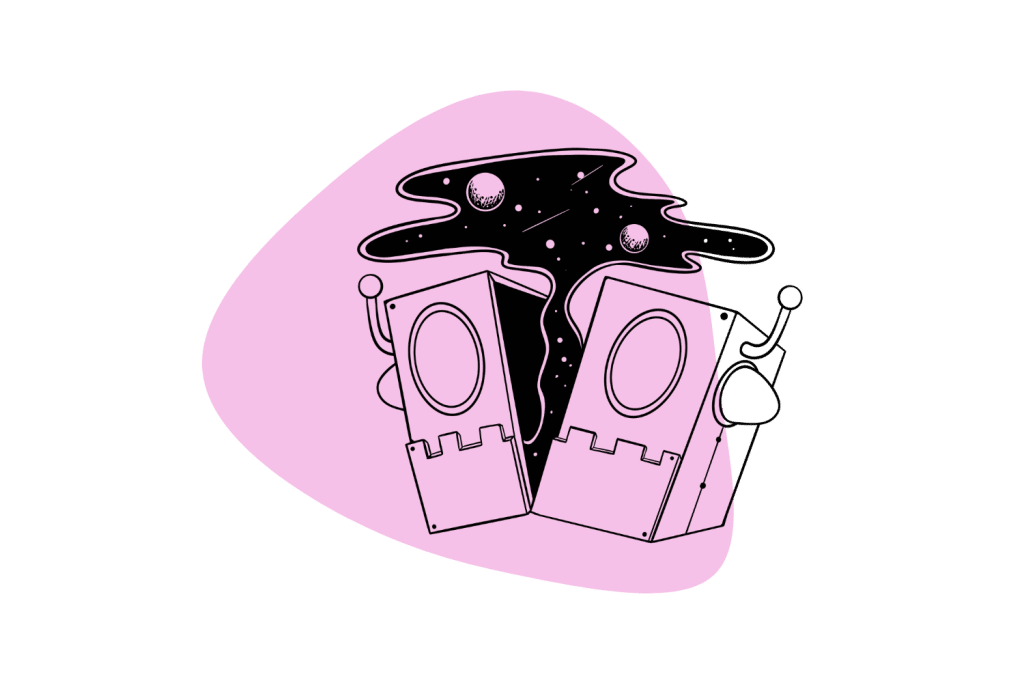
How Long Does It Take for Ketamine to Kick In?
Ketamine is extremely fast-acting. However, how the substance is used will alter the onset times.
Most people use ketamine in powdered form. The powder is often snorted, and the effects can be felt as quickly as three minutes after a dose. There are other ways to use the substance that affect the onset time.
Here are the rough onset times when ketamine is consumed orally by ingestion, nasally, or injected:
- Injection: 30 seconds to 1 minute
- Snorted: 3 to 10 minutes
- Ingested: 15 to 25 minutes
Related: How Long Does Ketamine Last?
The Benefits of Ketamine
Ketamine’s dissociative effects may hold more value medically than as a simple anesthetic. Recent studies support ketamine use in therapy to treat several mental disorders [3]. When used in a controlled clinical environment, ketamine could help treat alcoholic disorders, anxiety, depression, bipolar, and OCD.
Another study looking at the effects of ketamine on rats suffering from traumatic stress concluded that the substance holds value in the treatment of PTSD [4]. Ketamine may help reduce PTSD symptoms by interacting with the NMDA receptor — a receptor in the brain that’s believed to be responsible for intrusive thoughts, flashbacks, and nightmares when overactive.
The FDA has recently approved a nasal spray by the name Spravato that utilizes the active ingredient esketamine — an optimized version of ketamine hydrochloride. This drug has been approved for use by people suffering from treatment-resistant depression.
It’s unlikely that the “k-hole” experience specifically is why this substance holds therapeutic value in treating mental disorders. However, its dissociative nature and how it stimulates certain brain areas may help curb symptoms of several mental disorders.
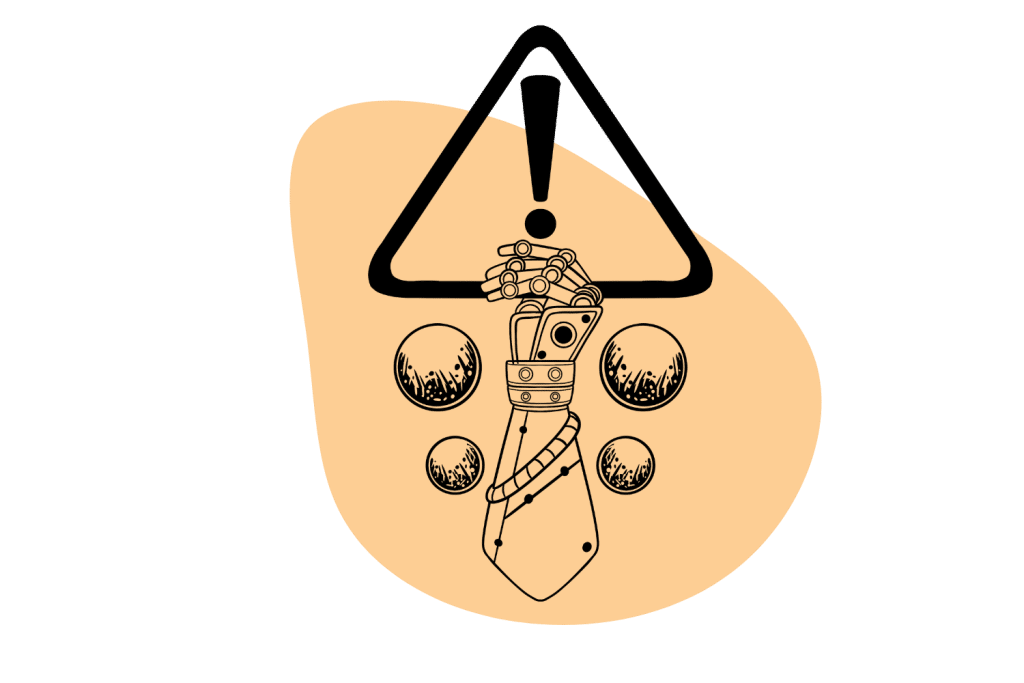
Is Ketamine Dangerous?
If abused, ketamine carries an additional layer of risks and potential side effects.
Ketamine boasts a range of negative side effects, some short-term and some long-term. These symptoms can be serious, and prolonged substance use can negatively affect the user’s quality of life.
One study found that people who recreationally use high amounts of ketamine showed signs of memory impairment, perceptual distortions, schizotypal symptoms, and trouble focusing. A dramatic decrease in use improved semantic memory, but the other effects seemed to be long-lasting [7].
Short-term side effects can include:
- Anxiety
- Panic attacks
- Paranoia
- Short-term memory loss
Long-term side effects through prolonged use can include:
- Addiction
- Cystitis
- Heart problems
- Kidney failure
- Long-term memory loss
- Strokes
- Urinary tract issues
Perhaps the most common risk associated with ketamine is its effect on your bladder and kidneys. Regular users, even those who only use it on the weekends, can suffer from a range of issues with the urinary tract.
Structural damage to the bladder, ureters, and kidneys can occur relatively quickly after the frequent use of ketamine [5]. The substance eats away at the walls of the urinary tract. The first sign of damage is blood in the urine and an uncontrollable bladder. The damage can then progress to irreparable damage to the urinary tract and eventually kidney failure.
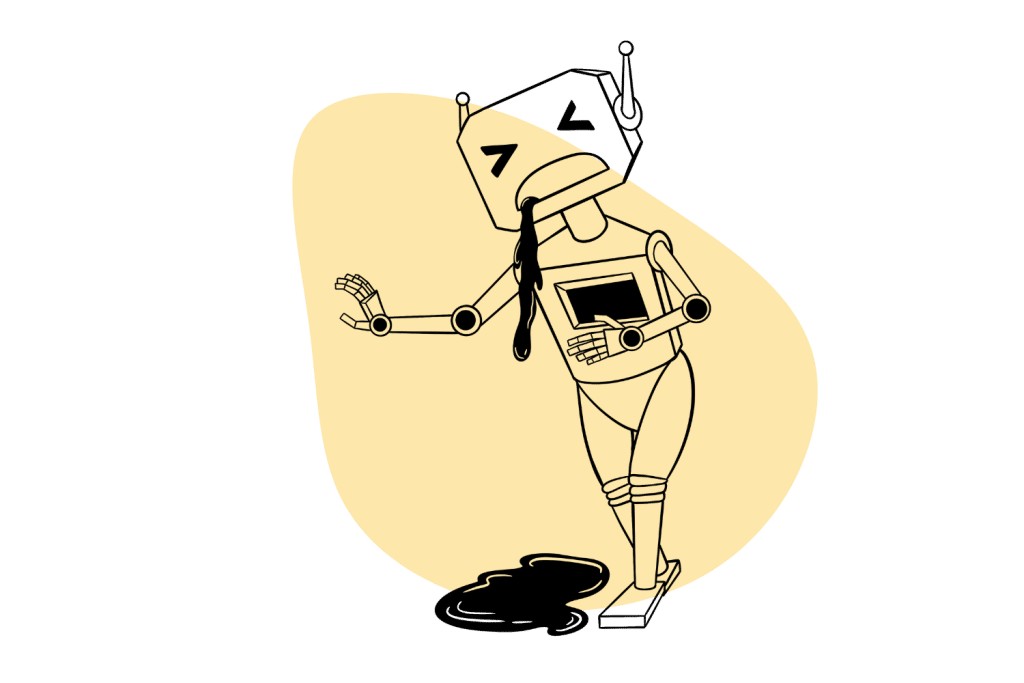
Can You Overdose on K?
Yes. You can overdose on ketamine.
Ketamine overdose can be fatal. Overdose victims can experience severe nausea and vomiting followed by confusion, chest pain, and seizures. In some cases, ketamine overdose can result in death. The lethal dose is estimated to be 11.3 mg/kg [8].
How much ketamine it takes to give someone an overdose differs depending on how frequently the person uses the drug. Unfortunately, due to the k-hole effect, people experiencing an overdose can find it difficult to portray the symptoms they’re experiencing. This makes it possible for an overdose to go unnoticed among a group of people.
If you suspect someone has overdosed on ketamine, seek medical help immediately. The result of a ketamine overdose can be fatal.
Signs of a Ketamine Overdose
There are several signs of a ketamine overdose. These include:
- Coma
- Eye rolling
- Increased blood pressure
- Irregular heart rate
- Loss of consciousness
- Nausea & vomiting
- Notable terror (due to severe confusion)
- Paralysis
- Seizures
- Severe chest pain
- Severe confusion

How To Use Ketamine Safely
As with any substance, avoiding it is the best way to stay entirely safe. However, we know that many people want to experience different substances’ effects.
There are a few ways to mitigate the risks associated with psychedelics, including ketamine — but understand that even with all safety measures in place, there’s still going to be an inherent risk to using mind-altering substances.
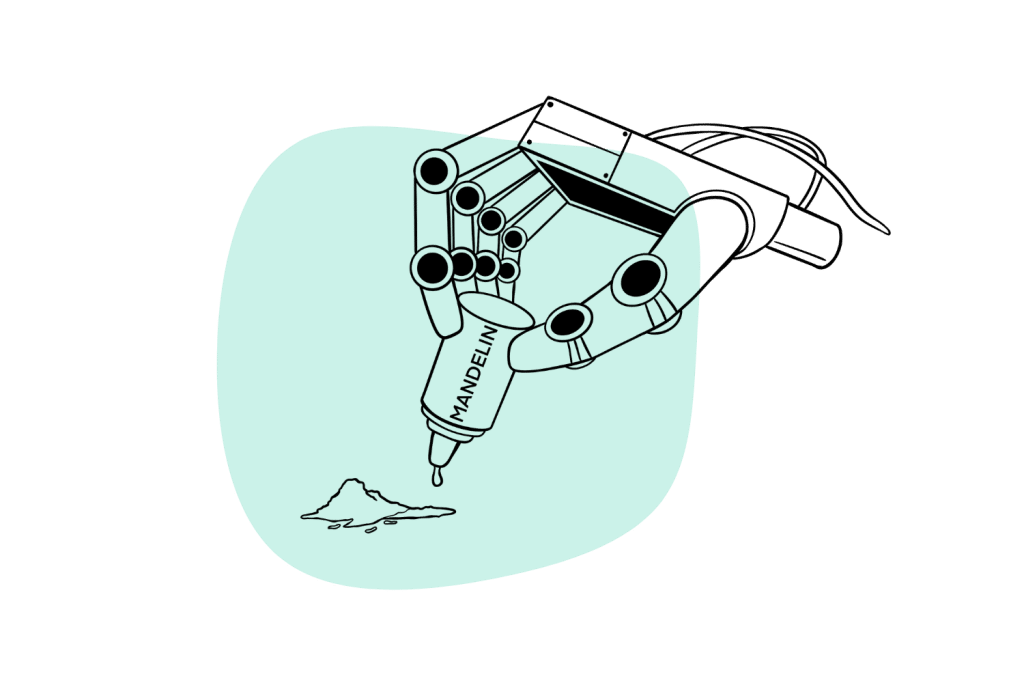
1. Test Your Ket
The best way to use ketamine is to obtain it legally through a doctor. Ketamine clinics are popping up all over the world. Most major cities in the US and Canada have ketamine clinics.
Outside of clinical use, ketamine must be obtained illegally. There’s not much in the way of quality control regarding illegal drugs, so it’s up to you to know what you’re taking. It’s best to test your drugs before consuming them to ensure they’re not contaminated with more dangerous substances such as fentanyl, PCP, or NBOMEs.
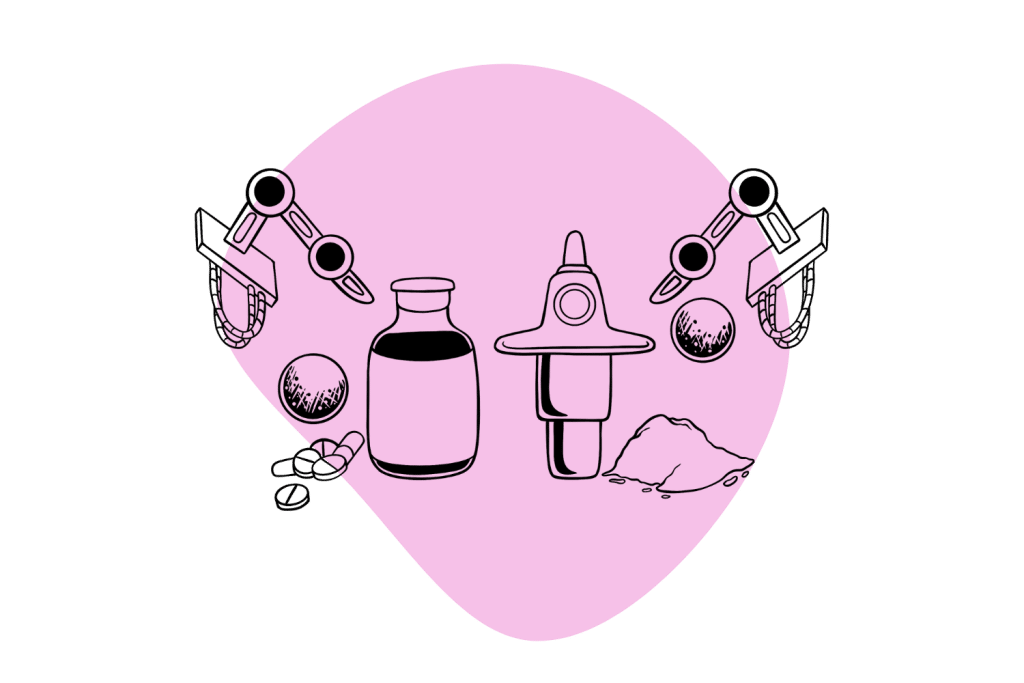
2. Don’t Take Too Much
Always start with a small dose. Take less than you think you need and increase in small increments, ensuring that you leave at least 30 minutes between each dose. Resist the urge to do more until you’ve left plenty of time for the ketamine to kick in.
Compounding doses can be dangerous.
3. Ensure Both Set & Setting Are Right
Treat ketamine like a psychedelic. Ensure you’re in the right headspace (the set) and in pleasant surroundings (the setting). This will massively affect the kind of experience you have and reduce the risk of a bad mental experience while under the influence.
You should also consume the substance with some supervision. Keep someone around (a trip sitter) to keep an eye on you throughout your experience.

4. Don’t Mix it With Other Substances
Avoid mixing ketamine with other substances. Even if you’ve had a couple of beers, it’s best to steer clear of ketamine, as it can massively alter your experience and substantially increase the risk of overdose.
You should also refrain from eating for two or three hours before you take the ketamine to reduce the risk of an upset stomach, nausea, and vomiting.
5. Refrain From Regular Use
As good as ketamine can feel, refrain from developing a habit. The biggest dangers of ketamine occur throughout long-term regular use. The more you take the substance, the more likely you will permanently damage your body, develop an addiction, and increase your tolerance.
The biggest concern among frequent ketamine users aside from addiction is permanent bladder and kidney damage.

A Final Word: What is a K-Hole?
Ketamine is a dissociative anesthetic drug used by veterinarians, medical patients, and party-goers since its creation in the 1960s. This drug has grown in popularity over the years and is more popular now than ever. It’s a low-cost substance that provides a “big bang for your buck.”
Ketamine can produce feelings of euphoria, relaxation, and floatiness in lower doses. However, in higher doses, it gives a psychedelic experience that’s described as an out-of-body experience known as the k-hole.
Being in a k-hole can be an eye-opening experience that’s extremely positive for some; for others, it can be a terrifying and traumatic event. Some people have reported crazy hallucinations during this phenomenon, feeling that they’ve exited their bodies and floated around, exploring far further than the location of their physical location.
The k-hole is a strange place, and the events that some people experience can’t be explained logically in their entirety.
Ketamine appeals to party-goers for its euphoric effects, psychonauts for its psychedelic effects, and doctors for its potential use in therapy.
This strange drug has been around for over 70 years, but we still know very little about it in the overall grand scheme of things. We should start seeing more solid research and clinical evidence that outlines the substance’s benefits and potential dangers.
References
- Serafini, G., H Howland, R., Rovedi, F., Girardi, P., & Amore, M. (2014). The role of ketamine in treatment-resistant depression: a systematic review. Current neuropharmacology, 12(5), 444-461.
- Muetzelfeldt, L., Kamboj, S. K., Rees, H., Taylor, J., Morgan, C. J. A., & Curran, H. V. (2008). Journey through the K-hole: phenomenological aspects of ketamine use. Drug and alcohol dependence, 95(3), 219-229.
- Walsh, Z., Mollaahmetoglu, O. M., Rootman, J., Golsof, S., Keeler, J., Marsh, B., … & Morgan, C. J. (2022). Ketamine for the treatment of mental health and substance use disorders: a comprehensive systematic review. BJPsych open, 8(1).
- Liriano, F., Hatten, C., & Schwartz, T. L. (2019). Ketamine as a treatment for post-traumatic stress disorder: a review. Drugs in context, 8.
- Srirangam, S., & Mercer, J. (2012). Ketamine bladder syndrome: an important differential diagnosis when assessing a patient with persistent lower urinary tract symptoms. Case Reports, 2012, bcr2012006447.
- Copeland, J., & Dillon, P. (2005). The health and psycho-social consequences of ketamine use. International Journal of Drug Policy, 16(2), 122-131.
- Copeland, J., & Dillon, P. (2005). The health and psycho-social consequences of ketamine use. International Journal of Drug Policy, 16(2), 122-131.
- Orhurhu, V. J., Vashisht, R., Claus, L. E., & Cohen, S. P. (2019). Ketamine toxicity.

